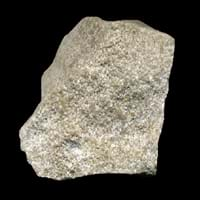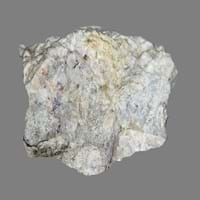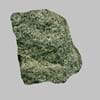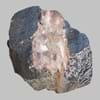Oolite vs Skarn
Oolite vs Skarn Information
Earth’s outer layer is covered by rocks and these rocks have different physical and chemical properties. As two rocks are not same, it’s fun to compare them. You can also know more about Oolite and Skarn Reserves. Oolite is a sedimentary rock formed from ooids, spherical grains which are composed of concentric layers of calcite. Skarns are formed during regional or contact metamorphism and from a variety of metasomatic processes involving fluids of magmatic, metamorphic, and/or marine origin. These rocks are composed of many distinct minerals. The process of formation of rocks is different for various rocks. Rocks are quarried from many years for various purposes. You can check out Oolite vs Skarn information and Oolite vs Skarn characteristics in the upcoming sections.
Oolite vs Skarn Characteristics
Though some rocks look identical, they have certain characteristics which distinguish them from others. Characteristics of rocks include texture, appearance, color, fracture, streak, hardness etc. Oolite vs Skarn characteristics assist us to distinguish and recognize rocks. Also you can check about Properties of Oolite and Properties of Skarn. Learn more about Oolite vs Skarn in the next section. The interior uses of Oolite include Decorative aggregates, Flooring and Interior decoration whereas the interior uses of Skarn include Decorative aggregates, Entryways and Interior decoration. Due to some exceptional properties of Oolite and Skarn, they have various applications in construction industry. The uses of Oolite in construction industry include Cement manufacture, Cobblestones, Landscaping and that of Skarn include As a flux in the production of steel and pig iron, As a sintering agent in steel industry to process iron ore, As dimension stone, Gold and silver production, Manufacture of magnesium and dolomite refractories.
More about Oolite and Skarn
Here you can know more about Oolite and Skarn. The life cycle of a rock consists of formation of rock, composition of rock and transformation of rock. The composition of Oolite and Skarn consists of mineral content and compound content. The mineral content of Oolite includes Calcite, Chert, Clay, Dolomite, Quartz, Sand, Silt and mineral content of Skarn includes Calcite, Enstatite, Epidote, Garnet, Magnetite, Pyroxene, Titanite. You can also check out the list of all Sedimentary Rocks. When we have to compare Oolite vs Skarn, the texture, color and appearance plays an important role in determining the type of rock. Oolite is available in black, blue, brown, cream, green, grey, pink, red, silver, white, yellow colors whereas, Skarn is available in black, brown, colourless, green, grey, white colors. Appearance of Oolite is Rounded and Rough and that of Skarn is Dull. Properties of rock is another aspect for Oolite vs Skarn. The hardness of Oolite is 3-4 and that of Skarn is 6.5. The types of Oolite are Not Available whereas types of Skarn are Endoskarns. Streak of rock is the color of powder produced when it is dragged across an unweathered surface. The streak of Oolite is white while that of Skarn is light to dark brown. The specific heat capacity of Oolite is Not Available and that of Skarn is 0.92 kJ/Kg K. Depending on the properties like hardness, toughness, specific heat capacity, porosity etc., rocks are resistant to heat, wear, impact, etc.Oolite is heat resistant, wear resistant whereas Skarn is heat resistant.





